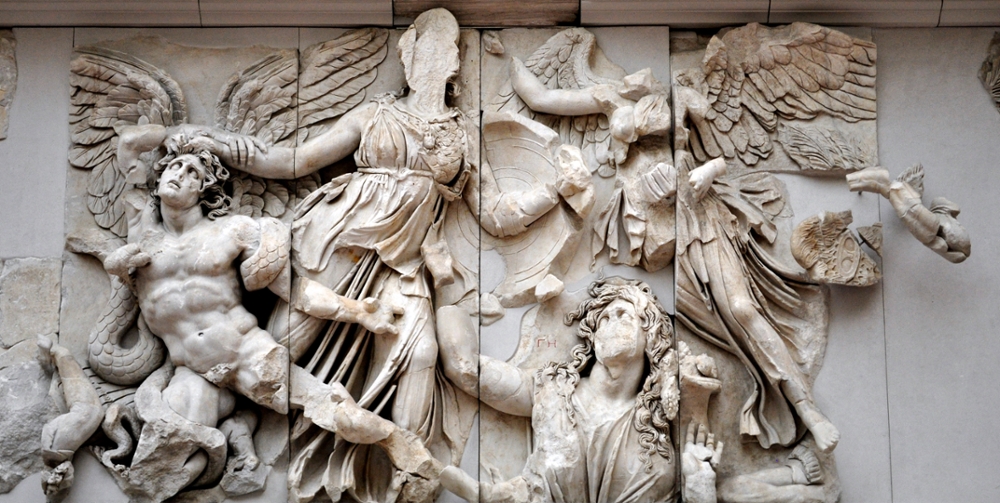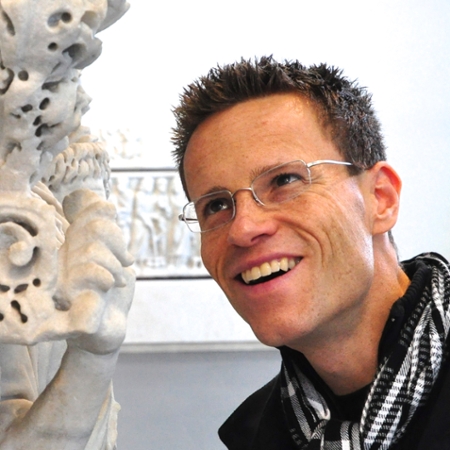Ancient Artistic Practices
Main Content



Ancient Artistic Practices
AD 350
The grandeur of ancient objects is stunning. But there is so much more to them than just their beauty. Have you ever wondered how these astonishing things were created in the first place? Just consider, for example…..
➤ Greek clay vessels: How on earth did ancient Greeks construct pottery kilns capable of reaching 950º Celsius (1740º Fahrenheit)?! What did they burn for fuel? How were clay vessels thrown, glazed, and fired?
➤ The quarrying and transport of marble and other stones in the ancient world: How were these massive blocks weighing many tons (!) extracted from the ground, hauled over land, rafted up and down rivers, loaded onto ships, shipped hundreds of miles across the Mediterranean, and transported to workshops and construction sites? How were these logistics of transport socially and culturally embedded? What role did slavery and the military play?
➤ Tools: Ancient sculptors used pickaxes and marble saws, chisels and drills, abrasives and waxes. How did they even manage to carve marble — let alone granite (!) — without steel tools or modern power? What were the fundamental differences between Greek, Roman, and Egyptian approaches to the carving process?
➤ And what about Greek bronze statues? What about Roman mosaics, glass vessels, and wall paintings? How were these made?
This course explores the materials, tools, techniques, and other physical components of Greco-Roman artistic practice, with an eye to the cultural values that Greeks and Romans attached to these physical components.


